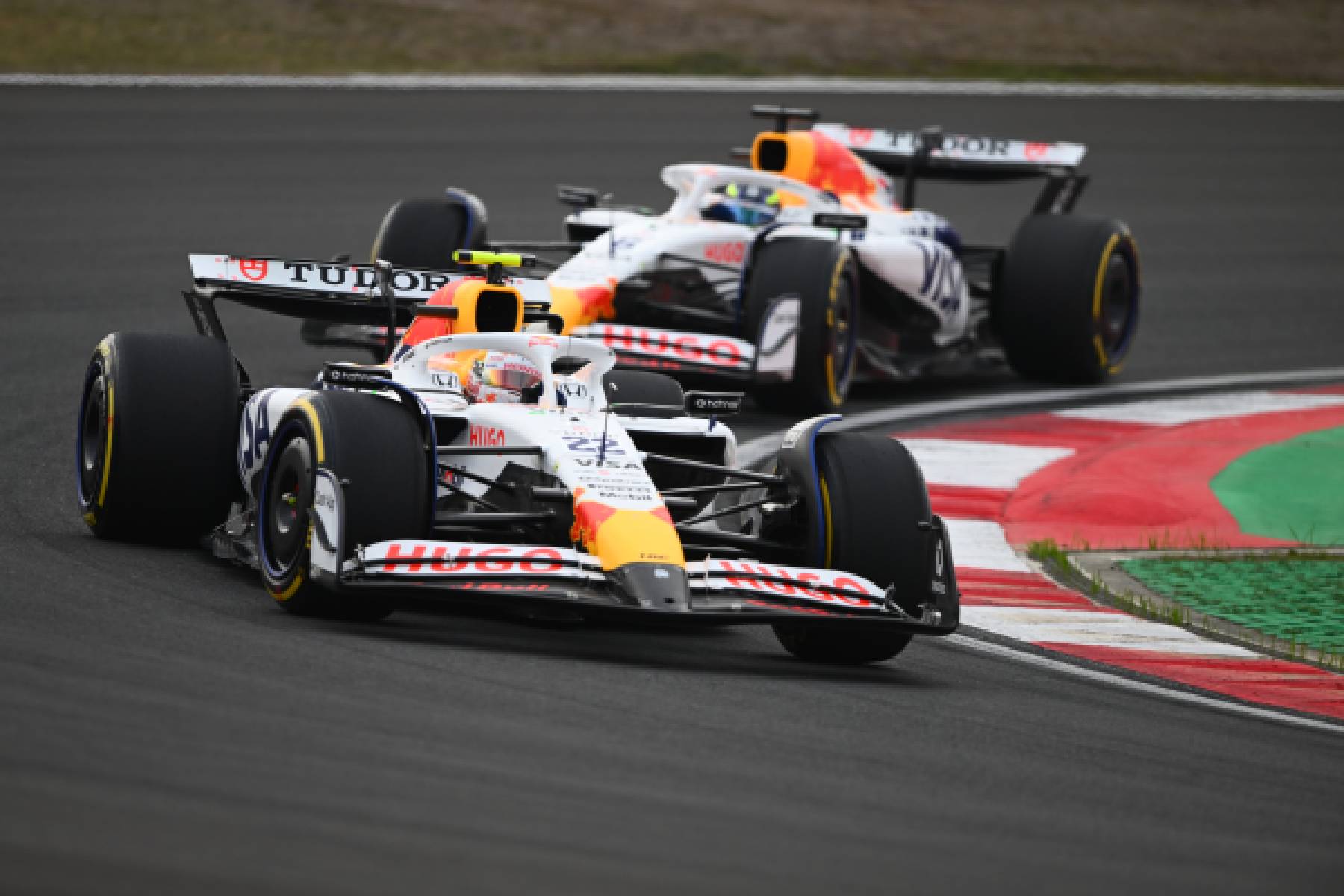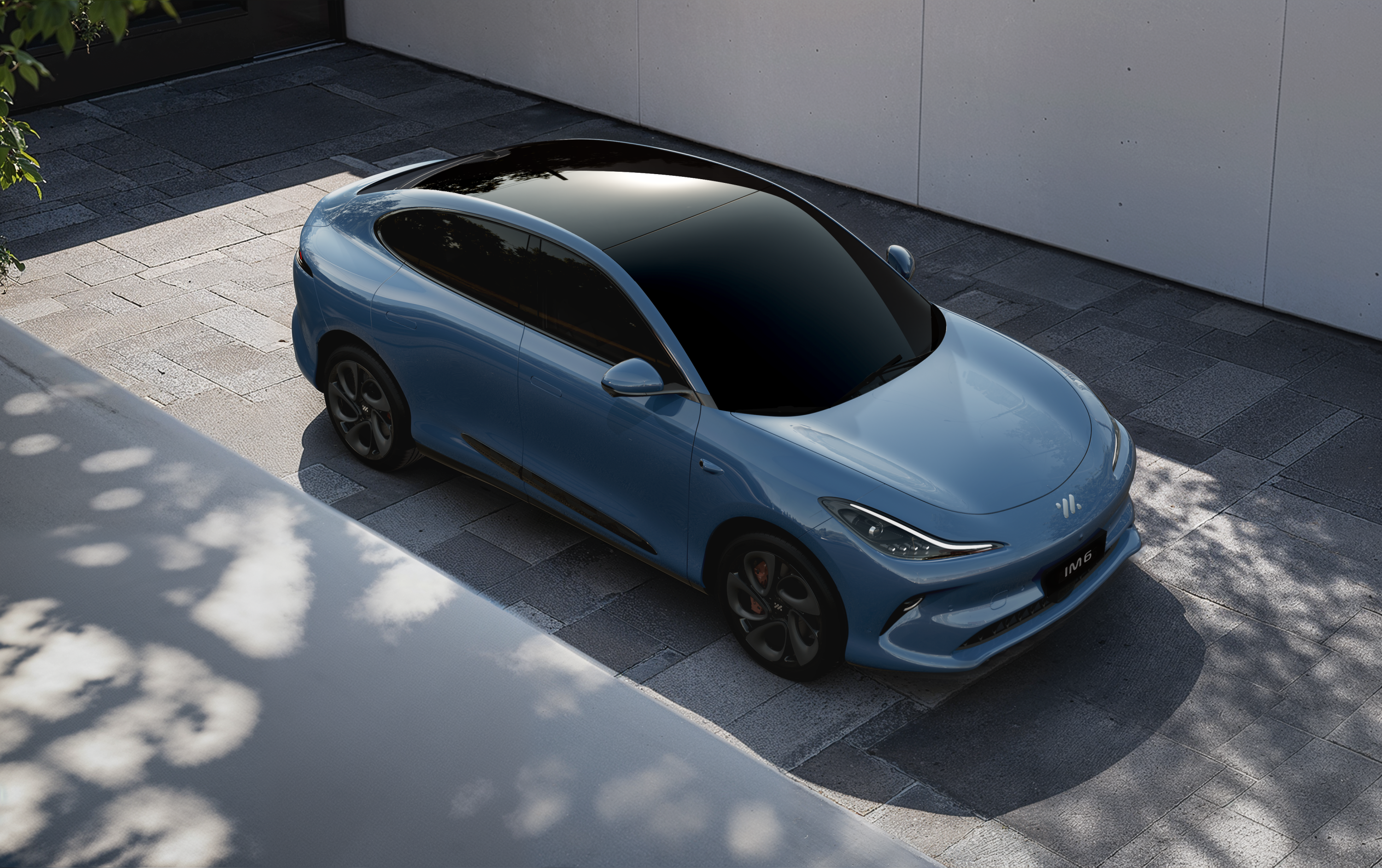VICTORIA’S most vulnerable road users will soon have access to some of the safest and most fuel-efficient cars in Australia under sweeping changes to laws governing what P-platers can drive.
However, while the changes due in July will be welcomed by newly licensed drivers in need of small, fuel-miserly hatchbacks, the proposed changes also potentially open the door to high-end performance SUVs.
Victorian Roads Minister Terry Mulder this week announced that from July this year, rules governing what P-platers could drive would change from an effective blanket ban covering almost all turbocharged petrol-engined cars, and V8s, to a single benchmark based on a vehicle’s power-to-weight ratio.
The 130 kilowatt-per-tonne limit on vehicles built from 2010 will give P-platers access to thousands of previously banned new vehicles, ranging from a 63kW two-cylinder turbocharged Fiat 500 right up to a 179kW four-cylinder Ford Falcon.
However, it also opens the door to vehicles such as a 5.6-litre V8-engined Nissan Patrol with 298kW on tap, a 245kW twin-turbo 3.0-litre V6-engined Mercedes-Benz ML400 that is faster to 100km/h than a hot hatch, and a hybrid-engined Porsche Cayenne featuring a supercharged V6 under its bonnet.
“In the past, all eight cylinder cars and any petrol powered cars with a turbo or supercharger were banned,” Victorian Roads Minister Terry Mulder said this week announcing the change.
“These days, many manufacturers are using small or medium-sized turbocharged or supercharged engines to deliver improved fuel consumption.
“We’re changing to a simpler system where P-platers are banned from driving vehicles that have a power-to-weight ratio of more than 130 kilowatts of power per tonne.
“These are practical changes that recognise that some smaller cars have turbo as standard now, for example, while making sure P-Platers don’t drive cars that big and built for speed.
“It will not matter how many cylinders the vehicle has, what fuel type the vehicle uses, or whether the vehicle is turbo or supercharged.
“What matters is the engine size relative to the size of the car.”
The change to the way cars are approved for P-platers will also allow them to jump behind the wheel of performance vehicles such as hot hatches, which match small turbocharged engines to sports-honed chassis set-ups.
Once-banned vehicles including Volkswagen’s 132kW Polo GTI and 169kW Golf GTI Performance, the Renault Clio Renault Sport 200 Trophy, Skoda’s Octavia RS, Ford’s 134kW Fiesta ST and the 184kW Focus ST all qualify as first-time drivers’ cars.
According to the new ruling, a P-plate driver will even be able to jump behind the wheel of a twin-turbo 6.6-litre V12-engined Rolls-Royce Phantom saloon.
On the flip side, new drivers with a green tinge will get access to some of the most fuel-efficient and environmentally clean cars on the market – the likes of the 0.9-litre twin-cylinder Fiat Panda that sips just 4.2L/100km, a Porsche Panamera hybrid that, at 3.1L/100km, drinks less fuel than a Toyota Prius, and a Fiat 500 that uses only 3.9L/100km.
According to Mr Mulder, the lack of restrictions on large SUVs will help young people in regional areas to find work in areas dominated by tough off-road vehicles.





